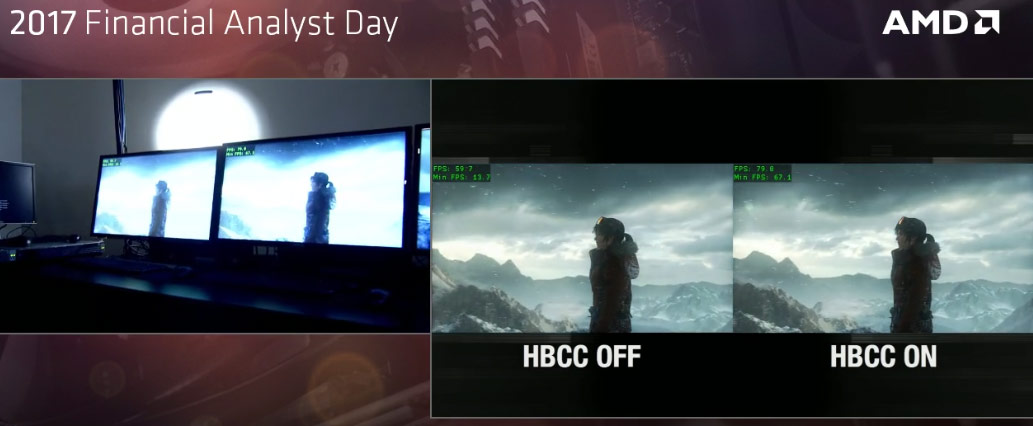itsmydamnation
Veteran
are less than 50%, probably less than 40%. So if they can get 60 functional chips and have to pay 12k for wafer, it is ~$200
Anything even remotely based on reality to back that up, your basically saying that after ~7 months of 7nm mass production including having more capacity then what apple needs yields are in the toilet. If they are why aren't they cutting more CU's, let alone rops and MTU's? They have a 64CU MI60 a 60CU MI50 and Radeon VII.
edit: taken from TMSC annual report, cant find anything remotely credible for yields, positive or negative.
A very fast yield ramp-up is expected as more than 95% of tools for 7nm FinFET technology are compatible with those for 10nm FinFET technology. Compared to 10nm FinFET technology, 7nm FinFET offers approximately a 25% speed improvement or a 35% power reduction. In addition, 7nm FinFET technology can be optimized for mobile applications and high-performance computing devices.
Last edited:



